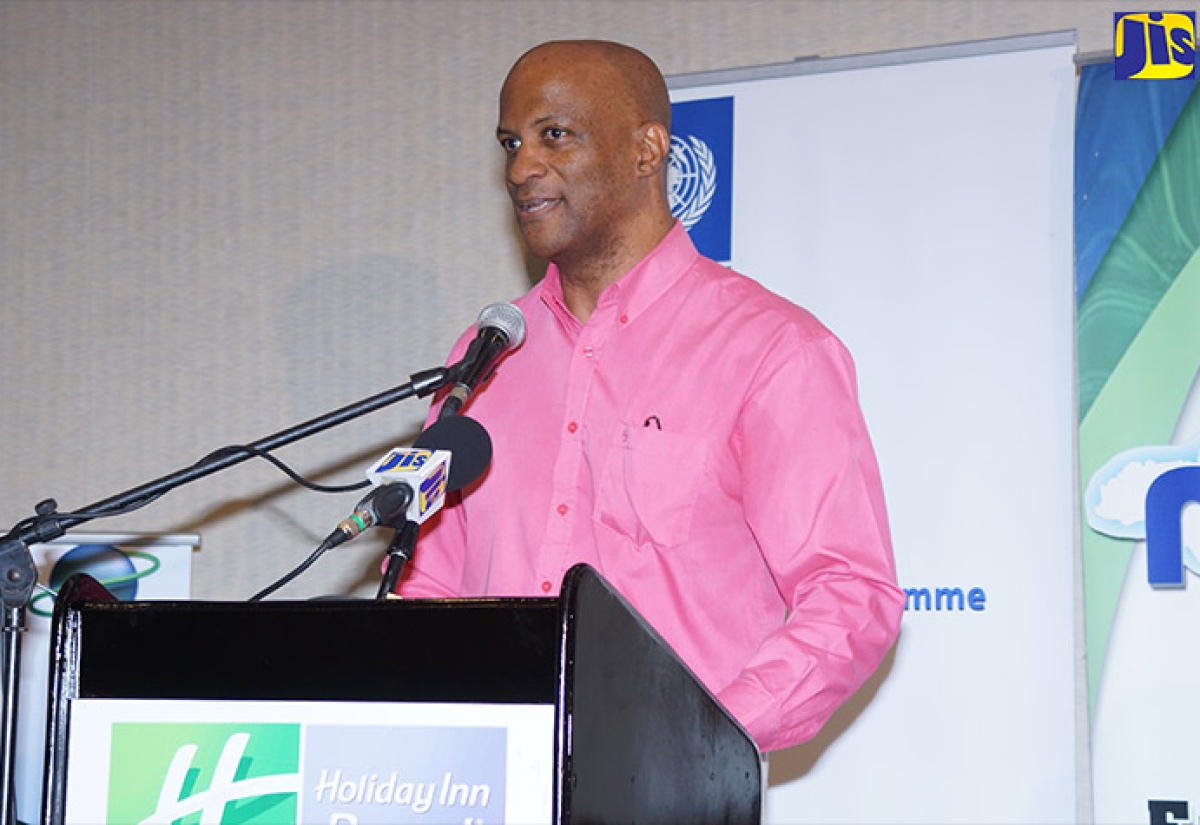Protected Areas Can Contribute to National Development
By: , December 31, 2016The Key Point:
The Facts
- Jamaica’s policy framework for the national system of protected areas defines a protected area as “an area of land or water that is managed for the protection and maintenance of its ecological systems, bio-diversity and/or specific natural, cultural or aesthetic resources.”
- There are about 30,000 protected areas, accounting for 9.5 per cent of the planet’s land area. The Caribbean, has approximately 4,400 protected areas, while Jamaica has 249.
The Full Story
Director of the Environmental and Conservation Division at the National Environment and Planning Agency (NEPA) Anthony McKenzie, says protected areas can contribute to the economic development of Jamaica.
“They offer many environmental services such as clean water and fresh air. The headwaters of many of Jamaica’s main rivers are located in the Blue Mountains and the Cockpit Country forest reserves. These are the primary sources of water for Kingston and the major tourist area of Montego Bay,” Mr. McKenzie said.
He was addressing a recent United Nations Development Programme (UNDP) and NEPA sponsored ‘Protected Areas Outreach’ event at the Holiday Inn Resort, Montego Bay, St. James.
Mr. McKenzie pointed out that protected areas enable employment opportunities such as fishing, farming and tourism.
“They contribute to the tourism industry by protecting and preserving assets and natural attractions such as marine parks, thus ensuring the long term viability of this growing industry,” the NEPA Executive added.
He also informed that well managed protected areas can contribute to poverty reduction and sustainable development, including achievement of the Millennium Development Goals.
Jamaica’s policy framework for the national system of protected areas defines a protected area as “an area of land or water that is managed for the protection and maintenance of its ecological systems, bio-diversity and/or specific natural, cultural or aesthetic resources.”
Some of the island’s protected areas include: Blue and John Crow Mountains National Park; Montego Bay Marine Park; Morant and Pedro Cays; Bull Head Forest Reserve; Cockpit Country Forest Reserve; Palisadoes –Port Royal Protected Areas and Rio Nuevo Taino Site.
Meanwhile, Mr. McKenzie explained that protected areas in Jamaica continue to be impacted by various human-induced pressures such as squatting, deforestation, and pollution from agricultural run-off, mining activities, and improper waste disposal.
“Jamaica has a draft Protected Area System Master Plan which will provide a structured framework within which protected areas will be managed. This Master Plan will address public awareness, legislation, culture and heritage, institutional arrangements, financial sustainability, and biodiversity conservation,” he said.
There are about 30,000 protected areas, accounting for 9.5 per cent of the planet’s land area. The Caribbean, has approximately 4,400 protected areas, while Jamaica has 249.


